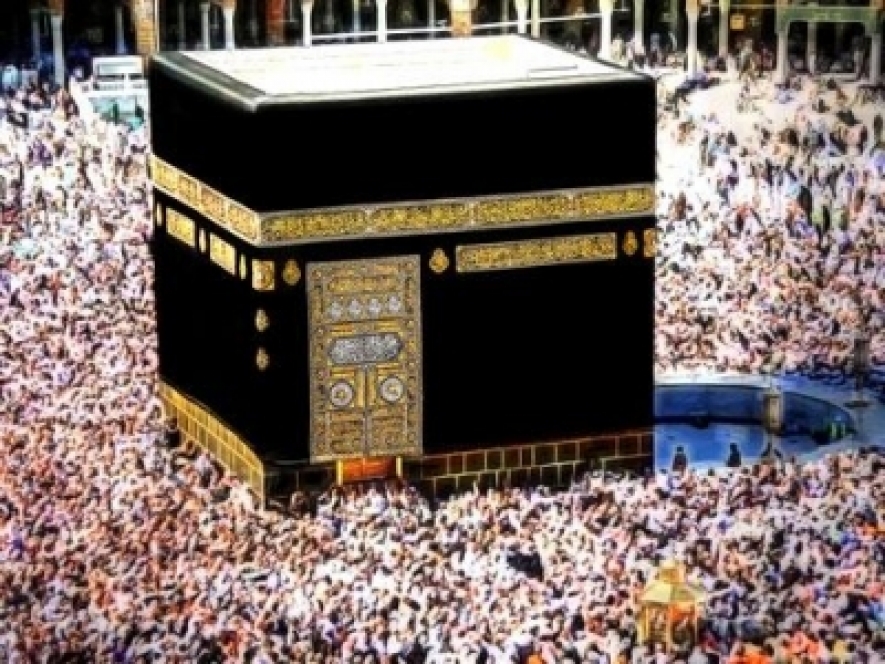This indirectly paves the way for the manifestation of world Muslim solidarity and universal brotherhood every year. Hajj is compulsory on the wealthy and healthy Muslims. In order to perform Hajj the pilgrim should be an adult, sane, independent, physically and mentally healthy, and should be able to afford the journey, through means earned through a righteous and honest manner.
Makkah is a holy land for Muslims, where millions of Muslims of every ethnic group, colour, social status, and culture annually gather to perform the pilgrimage. Hajj basically is a reminder of the great scarifices of Prophet Ibrahim (PBUH), His wife Hajar and son Ismael who underwent many hardships for the absolute satisfaction of Almighty Allah.
The most paramount test was Almighty Allah commanded Prophet Ibrahim to leave his wife Hajar and infant son Ismael in the barren desert of Makkah, to obey His command. He took his wife and son to the desert and left them with a little food. A few days later the infant Ismael became thirsty and started crying hitting his foot on the ground for water. Hajar was desperately running between the hills of Safa and Marwa in search of water when by the miracle of Almighty Allah water sprang from under the foot of infant Ismael, thus the origin of Zam Zam water. The second test was Allah ordered Prophet Ibrahim to sacrifice Ismael and while he was accomplishing His command Allah sent him a lamb to sacrifice instead. All the acts of worship performed by pilgrims during Hajj are related to these two major occurrences in Makkah.
On arrival in Makkah it is mandatory for pilgrims to wear the Ihram, an attire consisting of two sheets of white unsewn cloth for men, and simple white hijabs for women. Ihram symbolises the concept of equality of every man whether king or pauper, white or black. On the eightth day of Dhul Hajj the pilgrims leave Makkah for Mina and spend the night in prayer and worship.The nineth day is most significant, the pilgrims stay in the Mount of Arafat in the afternoon and pray to Allah for forgiveness of all sins, and recite the Holy Quran.
The pilgrims then leave for Musdalifa, a place between Arafath and Mina, where they collect pebbles for the next day’s stoning of Satan. After dawn (fajr) prayers the next day the pilgrims return to Mina and perform the throwing of stones to signify their insolence of Satan. After the stoning rituals they perform Qurban (animal sacrifices). These acts of throwing stones at Satan and animal scarifice bring back our memory to the trials experienced by prophet Ibrahim when he decided to sacrifice his Ismael in compliance to the Allah’s command. On the 10th day pilgrims return to Masjid Al Haram to perform Tawaf (walk around the Kaaba), which is called Tawaf al Ifadah. On the 11th day the pilgrims revisit the 3 pillars to accomplish the stoning rituals, seven pebbles at each of the Jamrat. On the 12th day pilgrims leave Mina for Makkah before sunset and as the last event of Hajj on the 13th day pilgrims perform the farewell tawaf( walking round Kaaba) which is termed as Tawaf Al Wida. May Almighty Allah provide us a chance to perform this Holy Hajj once in our life time.



















